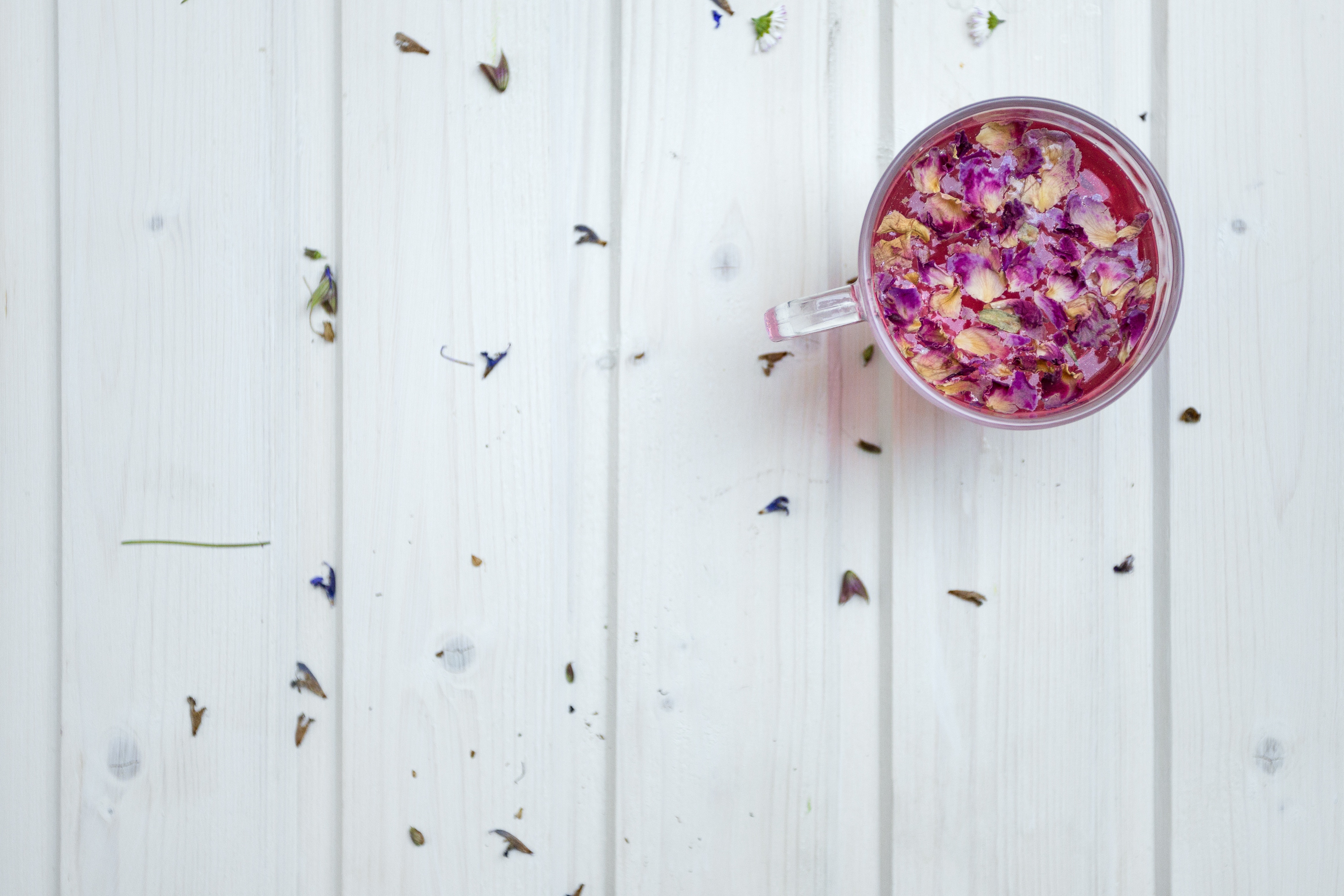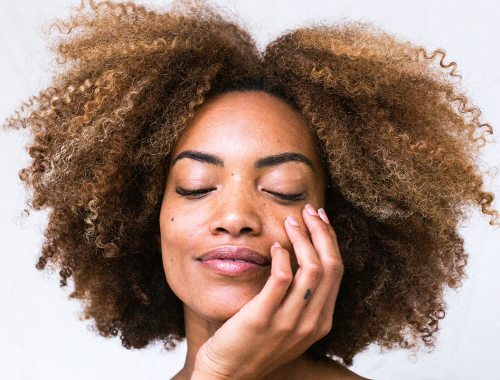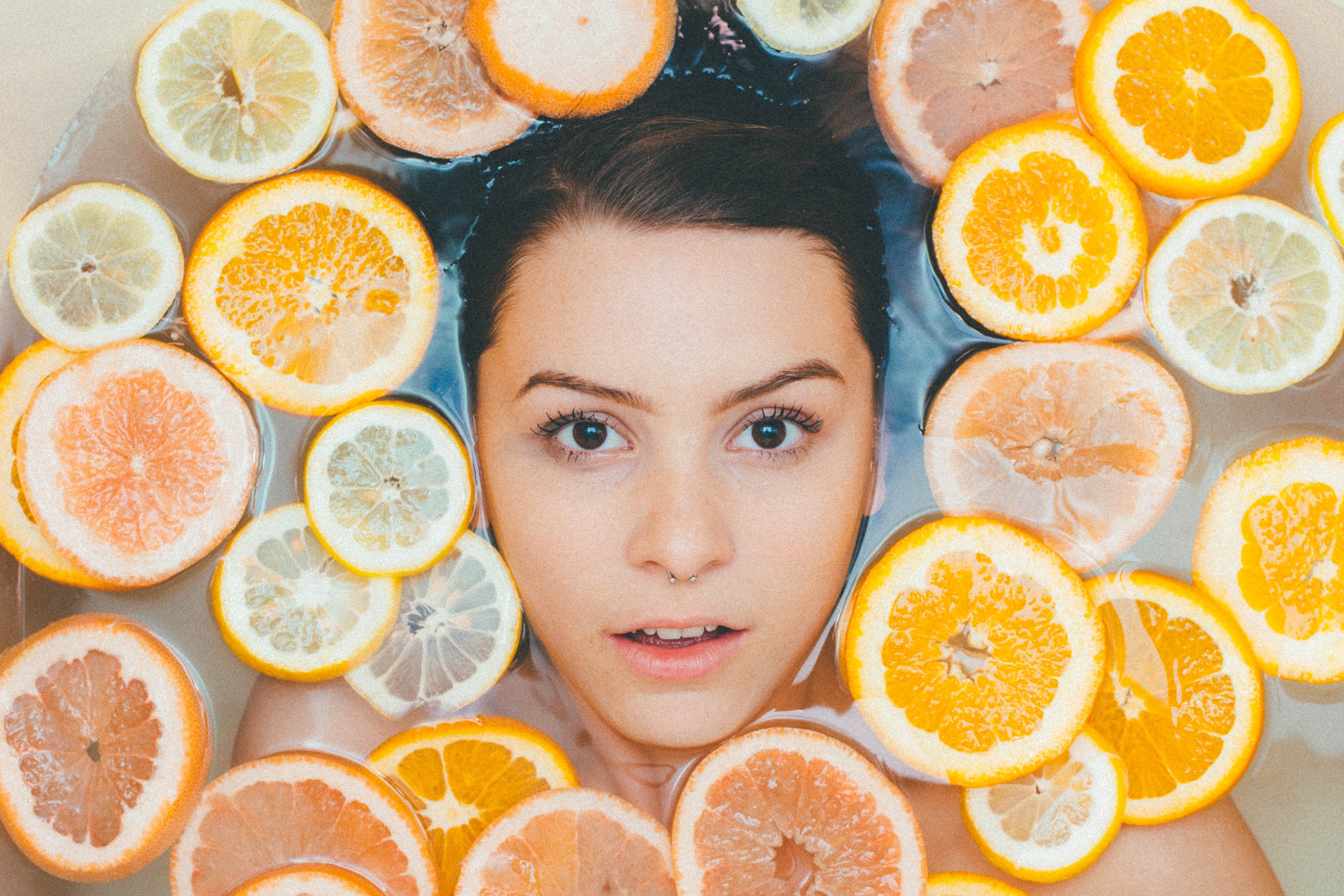For most of recent medical history, acne has been treated as a symptom of poor hygiene, bacterial infection, or excessively oily skin. Disinfecting face washes, systemic antibiotics, and Accutane have been the gold standard of treatment for many years.
Whatever current dermatological practices may be, it has been shown time and time again in the research that acne is largely an androgen-dependent condition (androgen is a catch-all term for what most of us know as testosterone). While you can attack the oil or attack the bacteria, you are only cutting off the branches of the acne tree rather than the root. Acne does not exist in pre-pubescent children and in adults with testosterone deficiency disorders. To say it more bluntly: without testosterone, acne simply does not exist.
For many, anti-androgen therapy has been the golden key to solve years of resistant acne. People who have been through multiple courses of Accutane and every antibiotic known to man have completely cleared their skin within less than a year of anti-androgen therapy. Many women unknowingly mask a predisposition to acne through long-term use of birth control pills that have anti-androgen effects.
The results of anti-androgens are nothing less than remarkable for the acne-prone patient, and anyone who has been fighting acne for more than a few years should seriously consider anti-androgen therapy as a possible treatment.
Spironolactone: the gold standard
Ah, Spironolactone. This blood pressure medication was discovered in 1957 but was quickly eclipsed by more effective blood pressure drugs. In recent years, spironolactone has returned to debut as a wonder drug for hormonal acne. It is a potent anti-androgen with relatively few side effects compared to other prescription drugs. It is also the only prescription anti-androgen considered safe for consumption by the general female populace. That said, spironolactone may not be the solution for everyone. There are several side effects and other factors that may make it prohibitive for you personally.
- Men cannot take spironolactone. Its anti-androgen and estrogenic effects are too potent for men at the doses required to halt acne formation (50mg – 150mg daily), and can produce side effects such as gynecomastia, testicular atrophy, and erectile dysfunction.
- Spironolactone is contraindicated for pregnant or breastfeeding women. There may be reason to believe that the drug can feminize male fetuses.
- While rare, spironolactone can cause hyperkalemia (excessively high potassium levels) which can be life-threatening. Most need not worry, though those who follow a strictly plant-based diet could be at risk.
- Irregular periods, sporadic amenorrhea (skipping a period), spotting, and other menstrual disturbances are a commonly reported side effect.
- Those who already have low blood pressure should not take spironolactone as it lowers blood pressure further.
- Because spironolactone is a weak diuretic, those who already have trouble staying appropriately hydrated should not take this drug.
- Cortisol levels and other glucocorticoid activity are increased on spironolactone. If you suspect that your cortisol is already too high, you should be very careful about taking spironolactone.
- It can be difficult to obtain a long-term prescription for spironolactone. Most dermatologists are much more comfortable with Accutane, antibiotics, topical creams, and birth control.
Birth control pills and implants
While still only an option for women, birth control pills can be a two-birds-one-stone deal for women who are already looking to regulate their reproductive capabilities. Doctors are also far more likely to prescribe birth control over spironolactone to any woman of childbearing age who walks in the door.
Generally the estrogen content in birth control pill is helpful or inconsequential to your acne. The type of progestins used, however, can either be helpful or harmful. If you would like your birth control to aid you in your fight for acne, make sure you are only using one from this list.
- Copper IUD. Neutral, non-hormonal. This is the only implant safe for acne-prone skin as Mirena, Skyla, Nexplanon, DepoProvera, and others use highly androgenic progestins.
- Paragard
- Drospirenone. Anti-androgenic progestin.
- BeYaz
- Gianvi
- Loryna
- Ocella
- Yasmin
- Yaz
- Zarah
- Cyproterone acetate. Low androgenic progestin.
- Diane-35
- Dianette
- Norgestimate. Low androgenic progestin.
- MonoNessa
- Ortho Cyclen
- Ortho Tri Cyclen
- Sprintec
- Tri Nessa
- Tri Sprintec
- Chlromadinone. Low-medium androgenic progestin.
- Belara
Herbal alternatives
Fortunately there are many herbal anti-androgens that we can use in place of prescription drugs. They generally lack severe side effects and can be used safely by men in appropriate dosages.
Many have success with ingredients that reduce DHT (dihydrotestosterone) which is the most potent form of testosterone linked to acne and other undesirable conditions. If reducing DHT does not work, you may want to try adding in substances that reduce the overall level of free testosterone or decrease androgen receptor sensitivity.
Saw Palmetto
The most studied and arguably the most potent anti-androgen found in nature, saw palmetto blocks 5-alpha-reductase thereby blocking the conversion of testosterone to DHT1. It has been used in clinical trials to treat other androgen-dependent conditions such as enlarged prostate, androgenic alopecia and other forms of balding, and PCOS.
Considerations
Saw Palmetto is a slight diuretic and can have a dehydrating effect. Slowly ramp up to the recommended dosage and increase your water intake. If you start to experience headaches, dizziness, or fatigue, you are not staying hydrated and/or you increased your dosage too fast.
When using saw palmetto, you must use standardized extracts so that your supplement contains enough phytosterols to produce an anti-androgen effect. “Whole herb” saw palmetto will likely be ineffective. Saw palmetto should be standardized at or above 80%.
Dosages
Women have reported taking up to 1600mg a day, though the average is around 700mg. Men have reported taking up to 960mg a day, though the average is around 640mg.
Products
- Jarrow Saw Palmetto 320mg with Phytosterols (85%-95% sterols)
- NOW Saw Palmetto 320mg with Pumpkin Seed Oil (85% sterols)
- Puritan’s Pride Saw Palmetto 320mg (85%-95% sterols)
Pygeum
Pygeum decreases DHT by blocking 5-alpha-reductase2. It is less powerful than saw palmetto but more powerful than stinging nettle. It can be fairly effective at smaller doses.
Considerations
Standardized extracts should be used and typically range from 5%-20% sterols. Pygeum is often combined with saw palmetto or stinging nettle.
Dosages
Men should hover under the 200mg daily mark when using pygeum alone. Women could take up to 600mg for severe acne.
Products
- Solaray Pygeum Extract 50mg (13% sterols)
- Piping Rock Ultra Standardized Pygeum 100mg (12.5% sterols)
- Solaray Pygeum Extract 100mg (13% sterols)
- Swanson Standardized Pygeum 100mg (6.5% sterols)
- NOW Pygeum and Saw Palmetto 210mg combined (13% sterols)
Stinging Nettle
Stinging nettle has been shown to partially block 5-alpha-reductase2, thereby partially blocking the conversion of testosterone to DHT. This herb is less powerful than saw palmetto and pygeum.
Considerations
Only high doses of stinging nettle were shown to reduce DHT. Use stinging nettle if you want to start slow on the AAA protocol.
Dosages
The appropriate dose for acne is not well established. For prostate health, stinging nettle has been used at a maximum of 700mg daily.
Products
Red Reishi (LingZhi)
Red reishi had the strongest anti-androgenic effect out of 20 species of mushrooms3. Red reishi inhibits 5-alpha-reductase and reduces levels of DHT.
Considerations
Red reishi is rarely available in standardized forms and is more expensive than other herbal anti-androgens.
Dosages
Dosages for acne treatment have not been established.
Products
Spearmint
Spearmint has been used for many years in Middle Eastern regions as an herbal remedy for hirsutism in females. Although hirsutism and acne are not the same condition, they are often affected by the same type of androgen activity. In one study, spearmint reduced the level of free testosterone in the blood while leaving total testosterone and DHEA-S unaffected4. If you would like to try a natural anti-androgen but are afraid of tweaking your testosterone too much, spearmint is a good bet.
Considerations
Historically spearmint has been consumed as a tea. If your acne is moderate to severe, you may find more rapid improvement using a concentration of spearmint in a capsule. Just remember that pure spearmint oil can only be consumed a drop or two at a time; do not try and drink spearmint oil.
Dosages
As spearmint tea is used most often, and the dosage of a tea varies greatly, it is difficult to recommend a particular amount.
Products
Green Tea
Green tea contains epigallocatechins (EGCGs) which inhibit 5-alpha-reductase. However, there are no current studies on green tea treatment for androgen-dependent conditions.
Considerations
Green tea as a tea may contain caffeine. Caffeine is generally problematic for acne and oily skin sufferers. To avoid compounding the problem, try a decaffeinated extract that contains high catechin and polyphenol content.
Dosages
Green tea dosing for acne has not been established.
Products
- Weyland EGCG Extract (90% polyphenols and 50% catechins)
- Jarrow Formulas Green Tea (50% polyphenols and 30% catechins)
How long does it take?
It depends. I have seen reports anywhere from 3 months to a year to see completely clear skin. Men tend to see faster improvement than women. It is quite common for men to have elevated levels of DHT. Most women do not actually have elevated levels of DHT, but a genetic factor or health condition that makes them sensitive to their own testosterone. Sensitivity to a hormone takes a much longer time to treat than an elevated hormone.
Consistency is key. Don’t skip days and try to take your chosen herbal concoction at the same time each day. The more severe your acne, the longer it will take. Some have not reported any noticeable improvement until the 6 month mark, so don’t give up hope. After a month or two you can try increasing your dosage or adding another herb to the mix.
Anti-androgen therapy does clear acne, but it takes a good deal of time for your body to actually reduce the androgens significantly enough to stop acne from forming. Let’s say it takes 4 months for you to go from a level 10 androgen level to a level 7. Let’s also assume that this imaginary level 7 is where your body needs to be to stop producing acne. For those 4 months on our way to level 7, your hormones are still forming acne. It could take another 4-5 months to completely resolve all of the acne from that time period.
Anti-androgens also will not resolve acne that is sitting underneath the skin. Those of you with cystic acne know that cysts can lay dormant for months or even years before erupting to the surface. Patience is key.
Note for the men
Many men have an acute stress reaction when anti-androgen therapy is recommended for acne. Testosterone equals manliness in many cultures, and the thought of potentially reducing masculinity is enough to drive a man bonkers. But before you run away screaming to protect your supposed manhood, let’s talk through the actual implications of testosterones and their role in the body.
All hormones can be good…or bad
Testosterone is not a zero-sum game. Remember that both sexes have testosterone—males just tend to have more of it. Both sexes also have estrogen—males just tend to have less of it. Problems result when the balance is not quite right for the individual. Many men are surprised to learn that women experiencing the effects of menopause and aging are often prescribed testosterone to help them feel vital again. When done with care, tweaking your hormonal balance can give you exactly the results you want without the side effects you fear.
Testosterone has a dark side
Testosterone has been implicated in a number of unwanted conditions in men, such as acne, oily skin, balding, infertility, benign prostatic hyperplasia (enlarged prostate), infertility, and low sperm count. Again, it is all a matter of degree. Many balding men have excessive amounts of DHT (dihydrotestosterone). DHT has also been shown to cause acne—and when its levels are reduced, miraculously the acne stops and the oily skin becomes smooth and clear.
Selective use of herbal preparations
Most of the herbal anti-androgens we have discussed focus on the reduction of DHT, which is only one type of testosterone. Herbals do not take total testosterone down to zero (far from it) and only reduce the “bad guy” DHT moderately. Women with severe acne cannot always clear their skin on herbals because they lack the punch of prescription spironolactone. When used appropriately, herbal anti-androgens do not have the potency to cause feminization in men.
Acne does not make you more attractive
For those of you still stuck in a rut, I ask you to remember why you came to this webpage in the first place. Acne can be devastating to your image, career, and relationships. No one looks at a man with a face full of acne and says, “Wow, there goes a real man! His testosterone must be off the charts!” When you’re ready to clear your skin of an androgen-dependent condition by fighting…well…androgens, come back and give it a try. We’ll be here for you.




